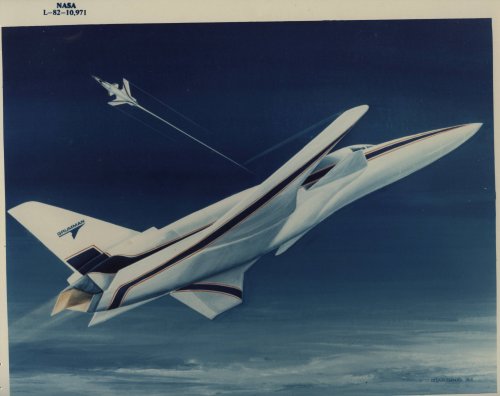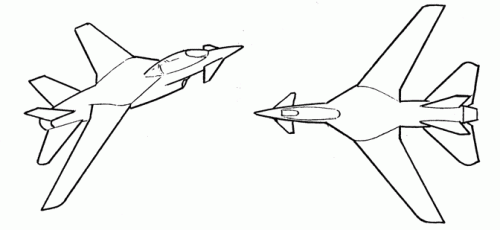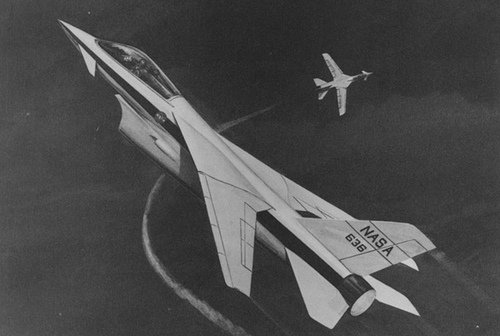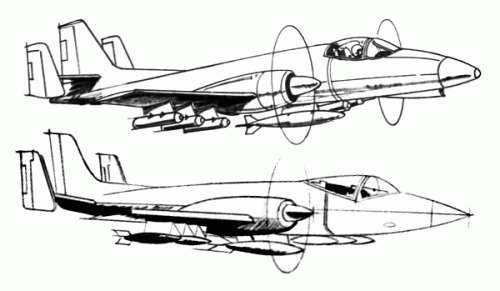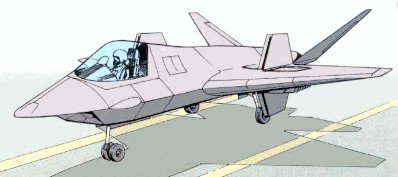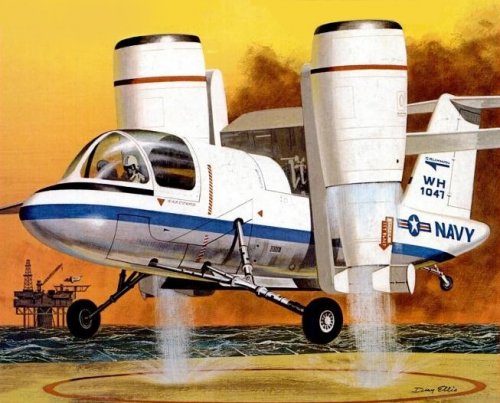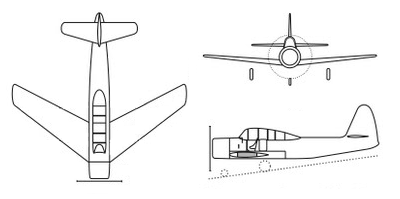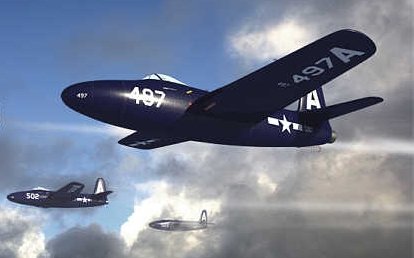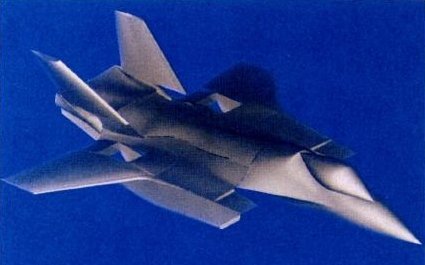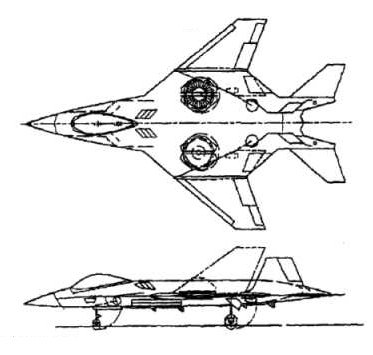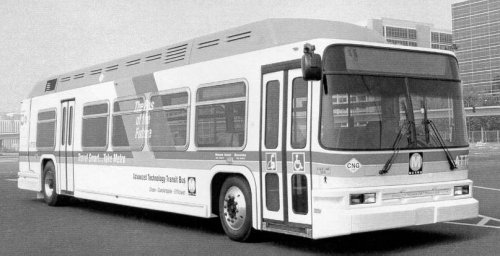- Joined
- 25 June 2009
- Messages
- 14,731
- Reaction score
- 6,069
G-100 proposed development of F9F-9 with large equipment bay
G-101 10-12 seat transport aircraft study based on TF-1
G-102 10-12 seat jet transport study
G-103 CS2F-1 Tracker reworked by De Havilland Canada
G-104 proposed air refuelling tanker version of the TF-1
G-107 interceptor study
G-108 amphibian study
G-109 high-altitude weapon system study (including Eagle air-to-air missile)
G-110 FXF fighter studies (8 designs in all)
G-111 SA-16B and UF-2 Albatross, both redesignated as HU-16B
G-111T Albatross turbine conversions
G-112 improved S2F study
G-113 proposed J79-powered flex-deck Mach 2 interceptor
G-114 VTO study and survey
G-115 proposed development as photographic platform
G-116 twin-jet transport study
G-118 XF12F-1 Mach 2 plus fighter study
G-119 Mach 2 plus fighter study
G-120 proposed De Havilland of Canada version of Trader
G-122 small commercial twin-engine amphibian study
G-124 single-engined jet basic trainer study
G-126 proposed TF-1 training version with APS-28 and APA-57 for use by FAETU
G-127 wing/body interaction research model
G-128B Proposal SR-195
G-128C* Missileer proposal
G-128E Fleet defender version of Intruder with Long Range AAM
G-128F same as above; variant with twin tails and high wing; forerunner of the Mohawk design
G-128G Model 128-G12 VA(L), no details
G-128J EA-6B Prowler
G-128M Model 128M-4 with M shaped wing planform
G-128R Sandy Intruder (RESCAP)
G-128S A-6E Intruder
G-128U Intruder (ASW variant, not built)
G-128X Intruder (export version, not built)
G-1128 (?) EA-6B Prowler (CME version)
G-129 low-level attack conversions, optical sensors in ventral fairing (or G-128T?)
G-130 three-engined medium range jet transport project
G-132 Open Ocean Seaplane, ASW flying boat project with 4 x P&W R-2800-49, able to operate a sophisticated dunking sonar (competitor of Martin P7M Submaster) (1956)
I have a lot more numbers after this, but that will come later. Meanwhile, I hope these help!
G-101 10-12 seat transport aircraft study based on TF-1
G-102 10-12 seat jet transport study
G-103 CS2F-1 Tracker reworked by De Havilland Canada
G-104 proposed air refuelling tanker version of the TF-1
G-107 interceptor study
G-108 amphibian study
G-109 high-altitude weapon system study (including Eagle air-to-air missile)
G-110 FXF fighter studies (8 designs in all)
G-111 SA-16B and UF-2 Albatross, both redesignated as HU-16B
G-111T Albatross turbine conversions
G-112 improved S2F study
G-113 proposed J79-powered flex-deck Mach 2 interceptor
G-114 VTO study and survey
G-115 proposed development as photographic platform
G-116 twin-jet transport study
G-118 XF12F-1 Mach 2 plus fighter study
G-119 Mach 2 plus fighter study
G-120 proposed De Havilland of Canada version of Trader
G-122 small commercial twin-engine amphibian study
G-124 single-engined jet basic trainer study
G-126 proposed TF-1 training version with APS-28 and APA-57 for use by FAETU
G-127 wing/body interaction research model
G-128B Proposal SR-195
G-128C* Missileer proposal
G-128E Fleet defender version of Intruder with Long Range AAM
G-128F same as above; variant with twin tails and high wing; forerunner of the Mohawk design
G-128G Model 128-G12 VA(L), no details
G-128J EA-6B Prowler
G-128M Model 128M-4 with M shaped wing planform
G-128R Sandy Intruder (RESCAP)
G-128S A-6E Intruder
G-128U Intruder (ASW variant, not built)
G-128X Intruder (export version, not built)
G-1128 (?) EA-6B Prowler (CME version)
G-129 low-level attack conversions, optical sensors in ventral fairing (or G-128T?)
G-130 three-engined medium range jet transport project
G-132 Open Ocean Seaplane, ASW flying boat project with 4 x P&W R-2800-49, able to operate a sophisticated dunking sonar (competitor of Martin P7M Submaster) (1956)
I have a lot more numbers after this, but that will come later. Meanwhile, I hope these help!

